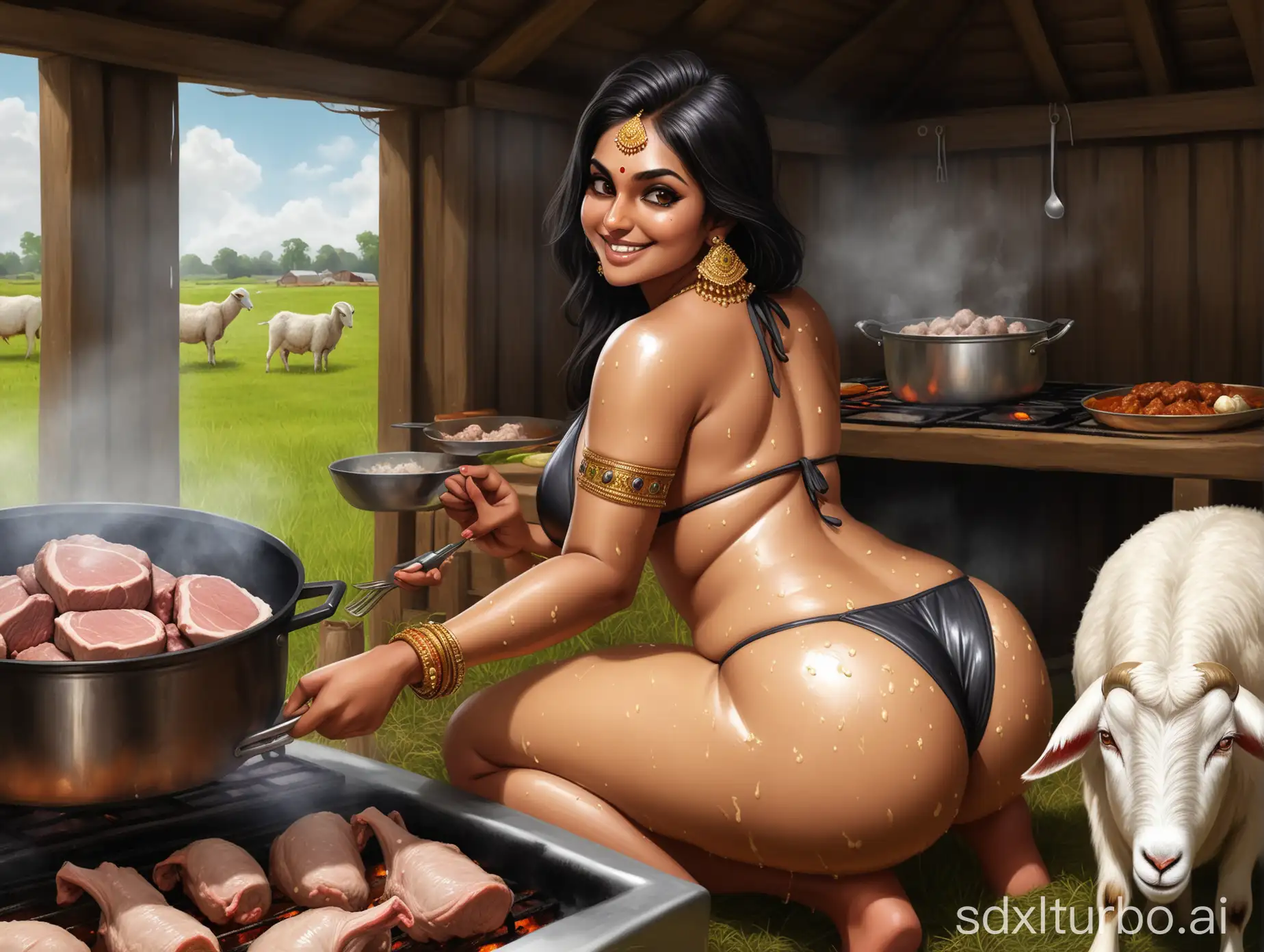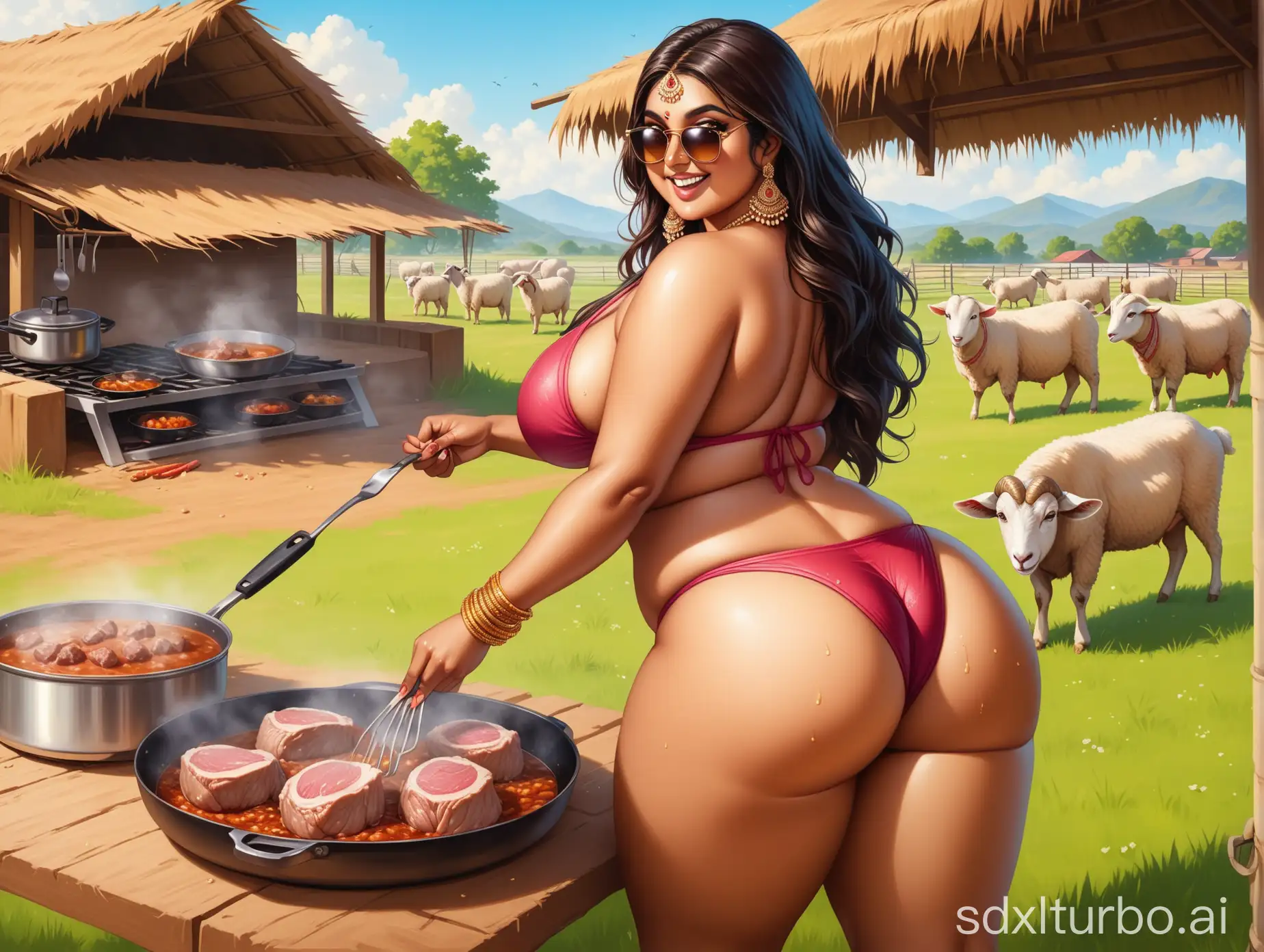Free oily texture Image Generator
Just imagine, and we'll instantly return a variety of personalized oily texture images—designed to bring your creativity to life! Generated by
- 4:3
- 3:4
- 1:1

image.state.default












The 'oily texture' tag refers to a unique surface quality in digital art that mimics the look and feel of oil-based materials. This texture is characterized by its smooth, glossy appearance, often resembling the rich, layered strokes of oil paint or the reflective sheen of oily surfaces. In AI-generated images, this effect is used to create a sense of depth and realism, enhancing the visual impact of digital art. These textures are particularly effective in adding a tactile, almost three-dimensional quality to both abstract and realistic works, making them highly sought after in various design and artistic applications.
Understanding the Characteristics of Oily Texture in Digital Art
Oily textures are increasingly popular in modern design due to their versatility and striking visual appeal. In branding, these textures can be used to create luxurious, high-end visuals, often seen in packaging design for beauty products or gourmet food items. In digital art, oily textures can add a dramatic, expressive quality to illustrations and concept art, often used to evoke a sense of depth or emotion. Additionally, in 3D rendering, oily textures can enhance the realism of materials like metals, plastics, and liquids, making them essential for creating lifelike simulations and animations.
Applications of Oily Texture in Modern Design
AI tools have revolutionized the way artists and designers create oily textures. By using AI-generated imagery, creators can easily experiment with different levels of gloss, color saturation, and texture complexity. With the 'open in editor' feature available on our platform, users can adjust the image prompts to customize the oily texture according to their specific project needs. This capability allows for endless variations, from subtle, silky sheens to bold, thick impastos, making it easier than ever to achieve the perfect look for any creative endeavor.
Creating Custom Oily Textures with AI
As AI technology continues to evolve, the use of oily textures in digital art is expected to expand and diversify. Future developments may include even more sophisticated texture generation algorithms that mimic the intricacies of oil painting techniques with greater accuracy. Additionally, we may see the integration of these textures into augmented and virtual reality environments, where the tactile qualities of oily surfaces could be simulated in new and immersive ways. As digital art and design continue to push the boundaries of creativity, oily textures will undoubtedly play a key role in shaping the visual aesthetics of the future.
The Future of Oily Textures in Digital Art